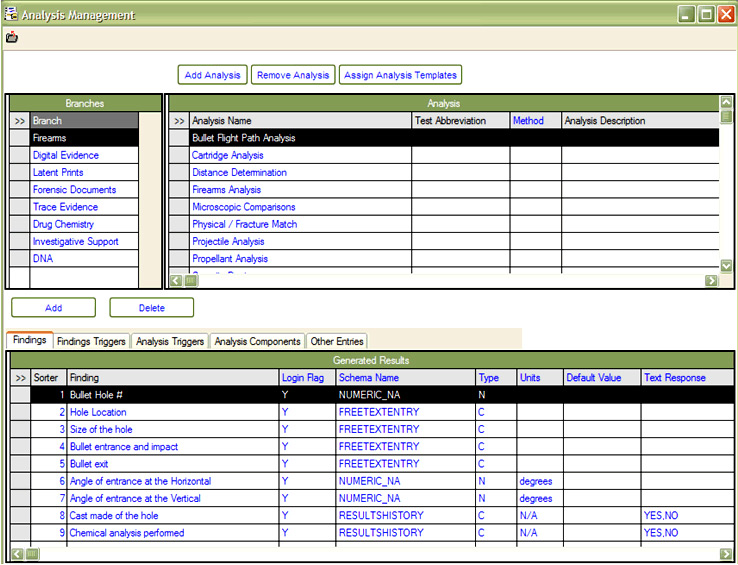Home | Glossary | Resources | Help | Contact Us | Course Map
Archival Notice
This is an archive page that is no longer being updated. It may contain outdated information and links may no longer function as originally intended.
Case Assignment
Based on laboratory protocols, the designated laboratory personnel initially reviews the evidence submission documentation and determines the type of evidence and examinations required.
These protocols determine
- the hub of the chain of custody for this evidence submission,
- the decision-maker for the distribution of the evidence,
- the sequence of examinations for each evidence item,
- the assignment of examinations to particular examiners.
Evidence Distribution
The person who breaks the seal on the evidence container and distributes the evidence
- becomes the hub of the chain of custody within the laboratory,
- is responsible for appropriate sequencing of examinations,
- should be aware of the possible implications of biological and trace evidence.
There are two commonly used approaches to evidence distribution:
- Centralized system
- Examiner based system
Centralized System
A laboratory manager or trained individual within the evidence-receiving or evidence-control organization
- breaks the seal on the container,
- determines the types of examinations required,
- coordinates the distribution of evidence with the appropriate discipline area for assignment to examiner(s).
Examiner-Based System
Based on laboratory protocol, a laboratory manager or supervisor typically assigns each evidence submission to an examiner within a particular forensic discipline. The assignment is determined based upon the nature of the case and the documented type of evidence.
Upon breaking the seal on the container, the examiner acts as the hub of the chain of custody within the laboratory and is responsible for
- distributing evidence,
- sequencing examinations,
- identifying significant examinations that were not requested.
In the examiner-based system, the firearm/toolmark examiner reviews all evidence in a given submission. The examiner is expected to exercise management skill, knowledge, and decision-making expertise.
This approach requires that the examiner is generally familiar with the forensic capabilities of the laboratory.
Additional Online Courses
- What Every First Responding Officer Should Know About DNA Evidence
- Collecting DNA Evidence at Property Crime Scenes
- DNA – A Prosecutor’s Practice Notebook
- Crime Scene and DNA Basics
- Laboratory Safety Programs
- DNA Amplification
- Population Genetics and Statistics
- Non-STR DNA Markers: SNPs, Y-STRs, LCN and mtDNA
- Firearms Examiner Training
- Forensic DNA Education for Law Enforcement Decisionmakers
- What Every Investigator and Evidence Technician Should Know About DNA Evidence
- Principles of Forensic DNA for Officers of the Court
- Law 101: Legal Guide for the Forensic Expert
- Laboratory Orientation and Testing of Body Fluids and Tissues
- DNA Extraction and Quantitation
- STR Data Analysis and Interpretation
- Communication Skills, Report Writing, and Courtroom Testimony
- Español for Law Enforcement
- Amplified DNA Product Separation for Forensic Analysts


